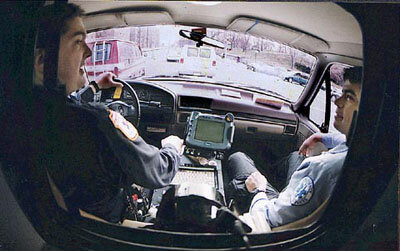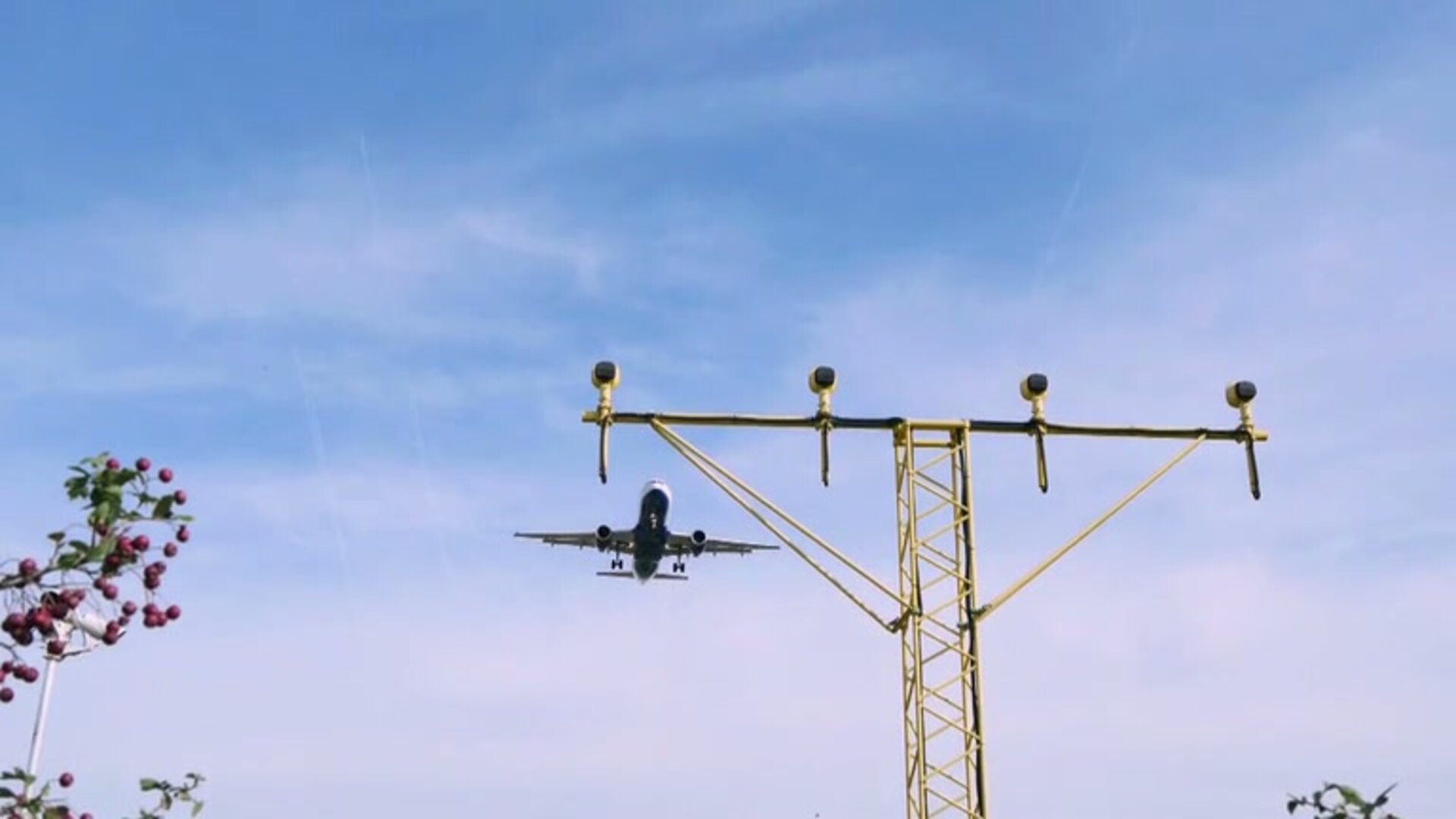How does EGNOS work?
“Once, when I was sailing along the coast, my navigational signal (a terrestrial one at the time) told me I was on the land," recalls Hans Fromm, retired Deputy Head of the Navigation Department at ESTEC.
"Obviously, I knew it was out and could estimate by how much. But without such an obvious marker, how would I have known the accuracy of the signal?
“Such knowledge is crucial for many applications. For example, a train needs to know which rail it’s travelling on. It’s important for safety, especially where life could be at risk."
EGNOS provides the information needed to use navigational signals from GPS satellites for such safety critical applications. It improves the accuracy of position measurements from about five metres to less than two metres, informs users of the errors in the position measurements and warns of disruption to a satellite signal within six seconds. “EGNOS will take responsibility and guarantee the service,” explains Fromm.

Three geostationary satellites and a complex network of ground stations carry out this task. The three satellites send out a ranging signal similar to those transmitted by the GPS satellites. However, these signals are more than another opportunity for users to fix a position. They also provide information about the accuracy of position measurements delivered by GPS so that a pilot, for example, can assess whether the position is accurate enough to rely on.
This information, or integrity data, is modulated onto the ranging signal. It includes accurate information on the position of each GPS satellite, the accuracy of the atomic clocks on board the satellites and information on disturbances within the ionosphere that might affect the accuracy of positioning measurements. The EGNOS receiver, decodes the signal to give a more accurate position than is possible with GPS alone, and an accurate estimate of errors.

The EGNOS signal is transmitted by three geostationary satellites: two Inmarsat-3 satellites, one over the eastern part of the Atlantic, the other over the Indian Ocean, and the ESA Artemis satellite above Africa. Unlike the GPS satellites, these three do not have signal generators on board. A transponder transmits signals up-linked to the satellites from the ground, where all the signal processing takes place. The sophisticated ground segment consists of 34 Ranging and Integrity Monitoring Stations (RIMS), four master control centres and six up-link stations.
The RIMS measure the positions of each EGNOS satellite and compare accurate measurements of the positions of each GPS satellite with measurements obtained from the satellites’ signals. The RIMS then send this data to the master control centres, via a purpose built communications network.
The master control centres determine the accuracy of GPS and GLONASS signals received at each station and determine position inaccuracies due to disturbances in the ionosphere. All the deviation data is then incorporated into a signal and sent via the secure communications link to the up-link stations, which are widely spread across Europe. The up-link stations send the signal to the three EGNOS satellites, which then transmit it for reception by GPS users with an EGNOS enabled receiver.
Considerable redundancy is built into EGNOS so that the service can be guaranteed at practically all times. At any one time, only one master control centre will be ‘the master’, with another on stand-by to take over instantaneously should the first one fail. There is redundancy in the up-link stations, too. Only three are needed to operate EGNOS, one for each satellite. The other three are in reserve in case of failure.





